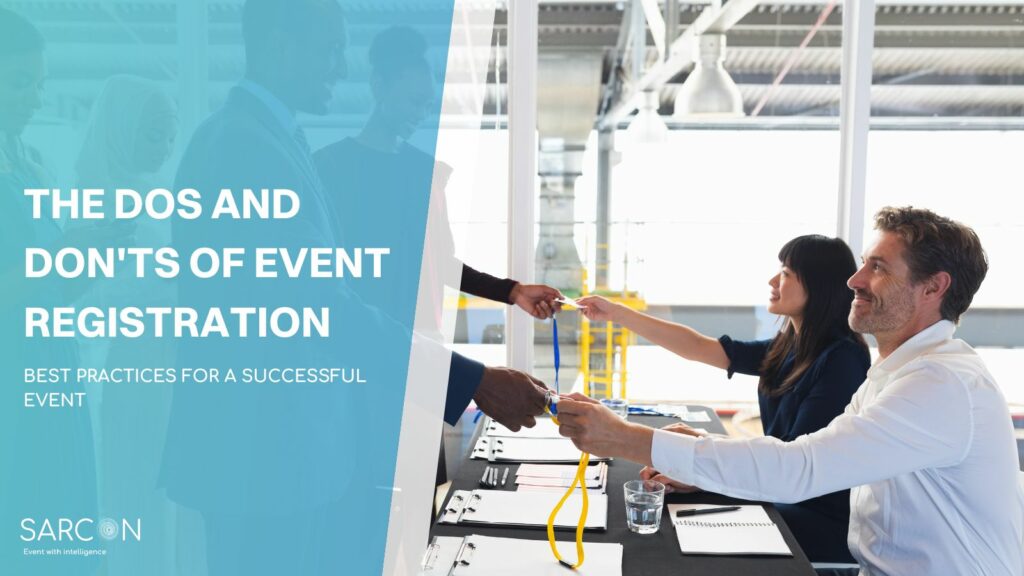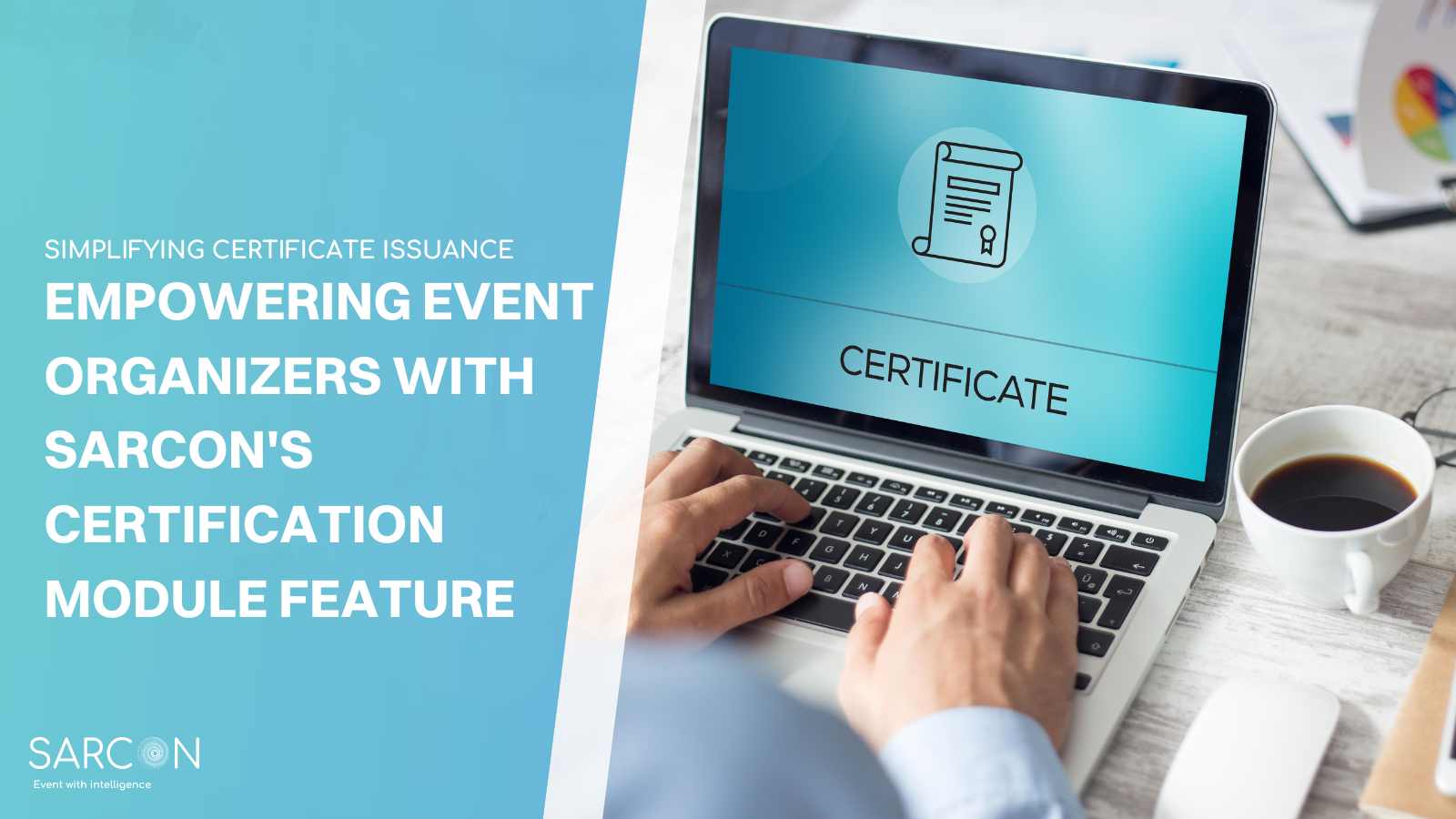As an event planner, you know that the success of an event depends on numerous factors, from the venue and catering to the guest list and entertainment. However, one of the most crucial elements that can make or break an event is the registration process. Your guests’ first experience with your event will be during the registration process, and it sets the tone for the entire event. The registration process can either attract or turn off potential attendees, leading to either a packed event or an underwhelming turnout.
A smooth and efficient registration process is essential for ensuring your guests have a positive experience, and it can be the difference between a successful event or a failure. But creating a seamless registration process is more than just asking for attendees’ names and email addresses. There are specific dos and don’ts that you need to follow to ensure a successful event registration process.
In this article, we will explore the critical dos and don’ts of event registration, from creating an easy-to-navigate registration form to sending timely confirmations and reminders. By following these guidelines, you can ensure a seamless registration process that sets the stage for a successful event. So, let’s dive in and discover the secrets to creating a registration process that wows your attendees and sets you up for success.
The Dos of Event Registration
-
Clearly state the purpose of the event
The first step in creating a successful registration process is to clearly state the purpose of the event. Ensure that the name of the event reflects the nature of the gathering. If it’s a conference, let attendees know the topics of the sessions, the keynote speakers, and the networking opportunities.
-
Make registration simple and easy to complete
Registration should be simple and easy to complete. Attendees should be able to register for the event in a few clicks. The process should be intuitive and straightforward, with clear instructions at each step of the way. The simpler the process, the more likely it is that attendees will complete the registration.
-
Offer Multiple Payment Options
Make it easy for attendees to pay by offering multiple payment options. From cash to credit cards, giving attendees flexibility in how they pay can help to increase registration rates and make the process more convenient for everyone.
-
Provide confirmation of registration to attendees
Once attendees have completed the registration process, provide them with a confirmation of their registration. This can be via email or a confirmation page. This confirmation should include all the necessary details about the event, such as the date, time, and location. It’s also an excellent opportunity to thank attendees for registering and provide additional information about the event.
The Don’ts of Event Registration
Event registration and check-in are essential components of any event. It’s all too easy to get jumbled up in little details, however there are key don’ts to consider when planning your event registration process. Don’t create a complicated or stressful check-in process for attendees – this can be off-putting, especially if multiple people are involved and waiting in line is the likely outcome.
-
Don’t overload your event registration page with too much information
While it’s essential to gather all necessary information from attendees, don’t make the registration process too complicated. Gathering too much information and overloading your event registration page could actually hurt the process. Keep the process as simple as possible to encourage attendees to complete it. For example, asking for unnecessary information or requiring attendees to create an account can deter them from completing registration.
-
Don’t overcharge attendees for the event
While it’s important to cover costs associated with the event, don’t overcharge attendees. This can lead to dissatisfaction and can negatively impact the attendee experience. Be transparent about all costs associated with the event upfront to prevent any surprises later on.
-
Don’t forget to have a backup plan
Event day can bring unexpected surprises, which is why having an ironclad registration process is essential for success. From registering guests ahead of time to having a team member ready to troubleshoot any problems, it pays off to plan with contingencies in mind. It’s best practice to establish a registration and badge printing area during the event for on site registration.
-
Don’t forget to send confirmation of registration
Sending a confirmation of registration is essential to confirm to attendees that their registration was successful. Make sure to send the confirmation promptly, ideally within a few hours of registration. Additionally, make sure that the confirmation includes all necessary information about the event.
Best Practices for Event Registration
-
Do your research:
Take a look at what other events have done in the past and use their successes as a template for your own registration process. This can give you a better idea of what works well and what doesn’t, and can help you to identify areas that may need improvement.
-
Start registration early:
Starting registration early gives attendees ample time to plan and register for the event. This is especially important for larger events that may require travel arrangements. Starting registration early also allows for early bird discounts, which can encourage attendees to register early and help you gauge attendance numbers in advance.
-
Use a reliable registration platform:
Using a reliable registration platform can save you time and effort in managing the registration process. Look for platforms that offer customizable registration forms, payment processing, and reporting capabilities. Make sure to test the platform before making it live to ensure that it meets your needs and is user-friendly for attendees.
-
Test the registration process :
Testing the registration process before making it live can prevent any technical issues or bugs from affecting attendees. Test the registration process from start to finish to ensure that it’s simple and user-friendly. Test the platform on multiple devices and browsers to ensure that it’s compatible with different systems. Double-check that all forms are filled out correctly, with no missing information. This will save time and headaches down the line and will help to ensure that your event runs smoothly.
-
Offer early-bird discounts :
Offering early-bird discounts can encourage attendees to register early and help you gauge attendance numbers in advance. Discounts can be a percentage off the registration fee or a flat rate reduction. Make sure to set clear deadlines for early-bird registration and communicate them to attendees.
-
Monitor registration data:
Keeping track of who has registered and when can help you better plan for the number of attendees expected. This information can also help you to identify any areas where you may need to ramp up your marketing efforts to ensure that you reach your attendance goals.
-
Follow up with attendees:
Following up with attendees after the event can help you gather feedback and improve future events. Send a survey to attendees to collect feedback on their overall experience, the registration process, and any areas for improvement. Use this feedback to make adjustments for future events.
Conclusion
Successful event registration is critical to creating a positive attendee experience. By following the dos and don’ts of event registration and implementing best practices, you can ensure that your registration process is simple, user-friendly, and transparent. Remember to communicate all necessary details about the event upfront and provide confirmation of registration to attendees promptly. With these tips, you’ll be well on your way to creating a successful event registration process.



